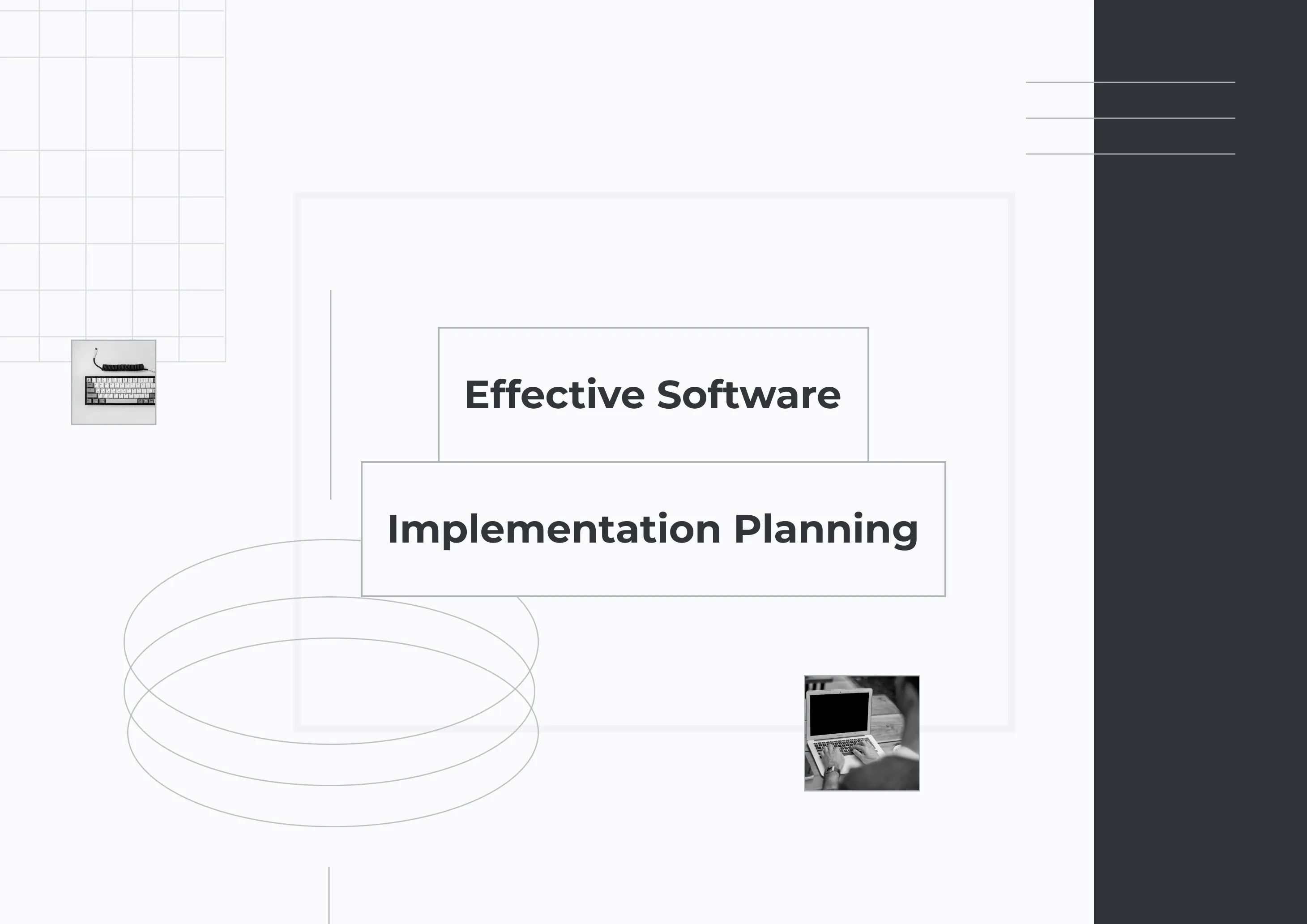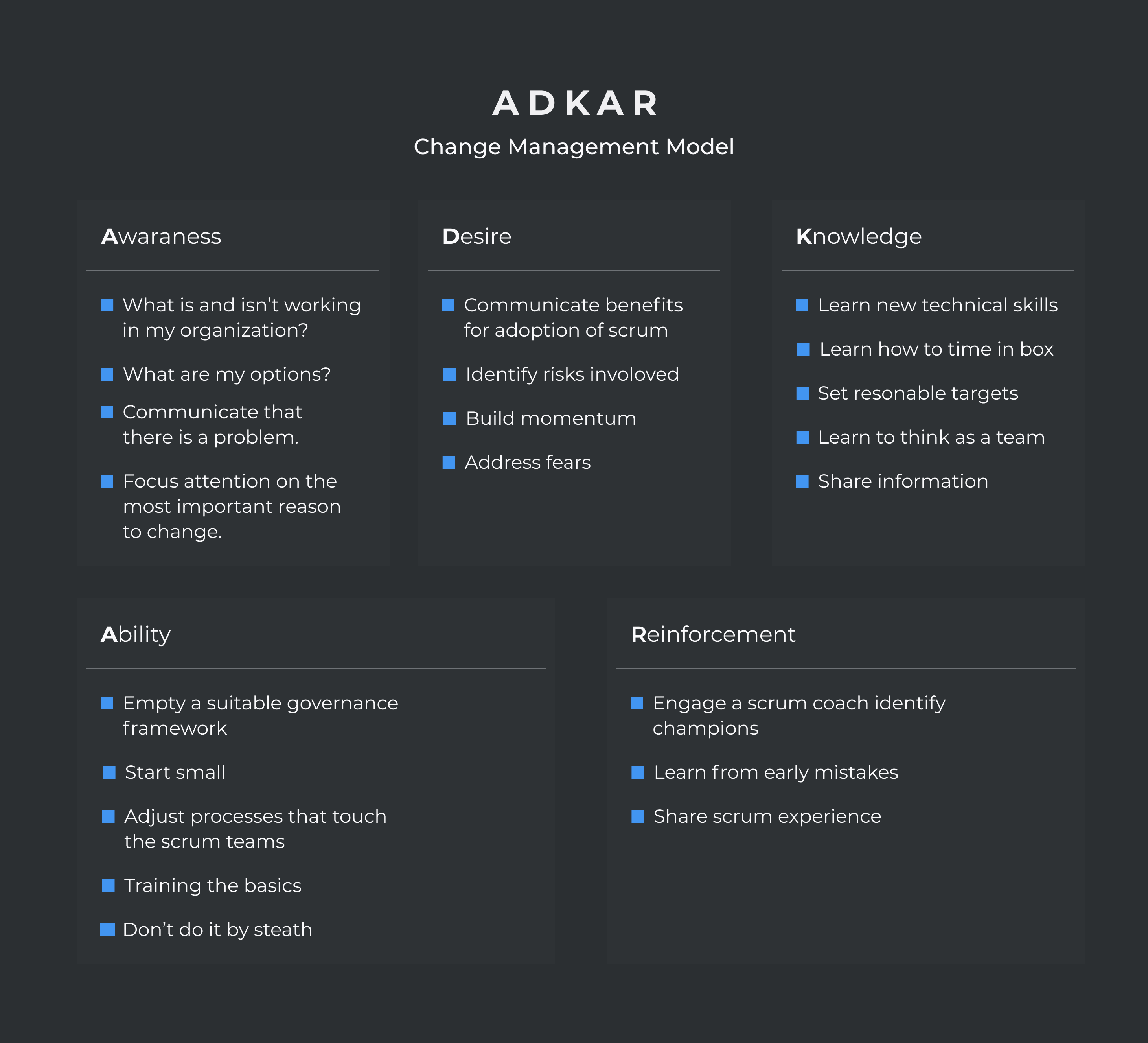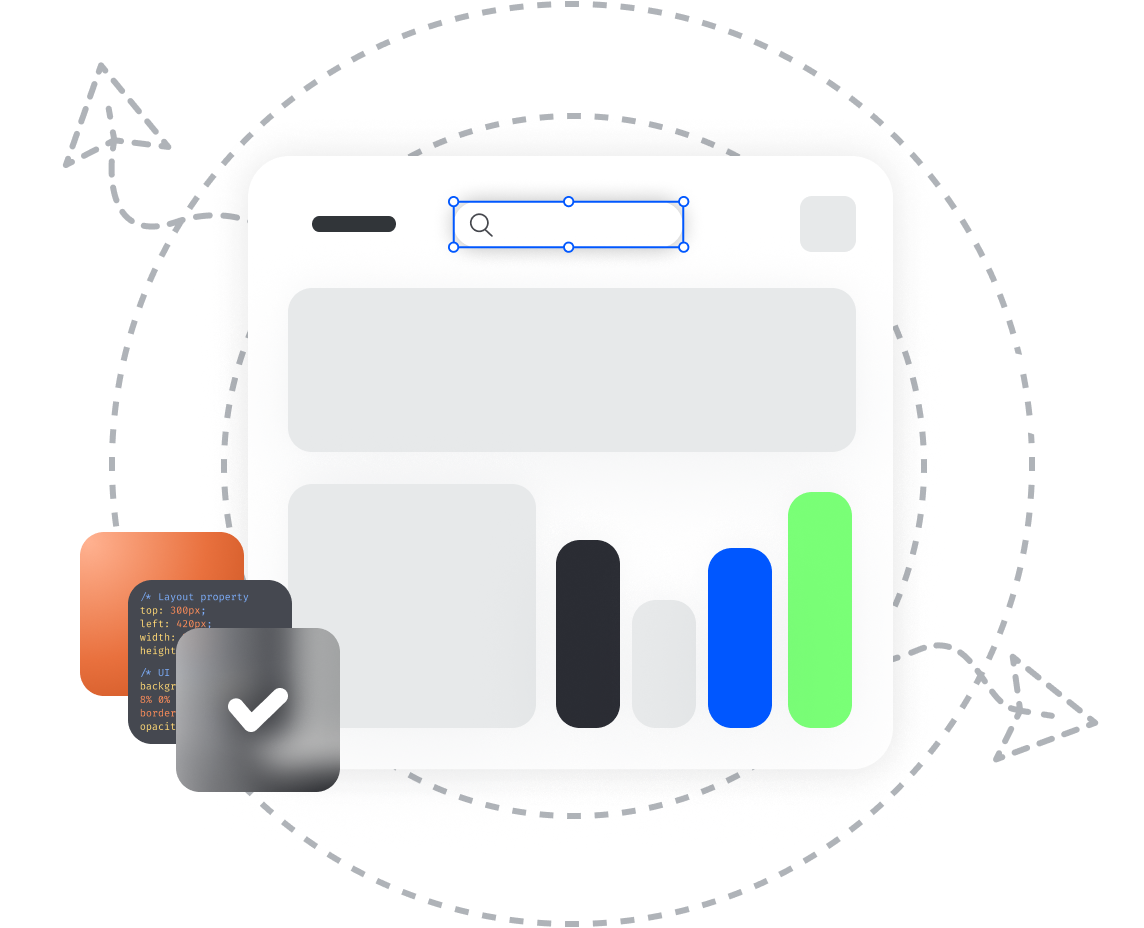Effective Software Implementation Planning

The implementation of new software for enterprises is a long roller coaster ride that requires a lot of resource and material costs. Undoubtedly, you can nail down the programming part, but if you are stuck at implementation, you will be left hanging upside down without the ability to move on. A well-organized implementation process will provide accelerated growth and financial savings for a company, as well as improve the efficiency of all processes, while a convoluted implementation process will lead to loss of income and downtime. If you want the implementation process to go as smoothly as possible, it is necessary to develop a software implementation plan. Here at Yojji, we know for sure how to elaborate a detailed strategy to ensure that a software implementation process will go without a hitch. In this article, we will share some basic tips for software implementation planning.
What Is a Software Implementation Plan?

A software implementation plan is used to properly manage the process of introducing new software or updates. The plan divides the implementation process into small milestones and defines the timeline for implementation and the resources needed.
What Are the Benefits of Using a Software Implementation Plan?
In addition to helping you deploy software that meets your company’s needs, using a software implementation plan has several other undeniable benefits:
-
Brings your strategic goals to life without overusing material and human resources.
-
Helps your company set up the system correctly and ensures that people with the necessary expertise are involved in all procedures.
-
Makes sure your team works as planned in terms of deadlines and budget.
-
Helps your organization clearly assign roles and responsibilities within the team to avoid duplication of work.
-
Minimizes time-consuming decision-making.
-
Makes sure a company meets its long-term goals.

Software Implementation Plan: The Main Steps
Creating a software implementation plan requires a specific methodology, so we have prepared a list of steps that will help you develop the right plan that works.
1. Build your business case
For building your business case, you should go through the following phases:
-
Conduct the required assessment of your enterprise. Examine all business processes that the future system will cover. Identify the main pain points of the company: the most common problems and areas for improvement. Besides, reach out to your intended users and collect their input. Zero in on where their pain points overlap, and build your case around the most arduous tasks.
-
Make a detailed plan of how the new software will improve the efficiency of business processes, increase the productivity of the team, and eliminate any pain points.
-
Analyze both tangible and intangible costs, as well as all the benefits that the introduction of a new software product will bring.
-
Create a timeline that clearly shows the time it will take to implement the software and a projected timeline for making a profit.
-
Define a change management strategy and plan to prevent common mistakes.
2. Choose the Right Vendor Partner
Choosing a software vendor is a responsible choice as the vendor will be your strategic partner to help you scale your business and increase your bottom line.
When choosing a supplier, pay attention to the following parameters:
-
The functions and features of the software, as well as its type: cloud, on-premises, or hybrid.
-
Vendor experience. The identification of experience will give you an insight into any difference between vendor’s promises and real-life scenarios.
-
Scalability and software integration.
-
Customer feedback on the vendor.
-
Availability of user training.
-
Whether the after-sales service is included in the implementation cost or not.
-
The presence of any updates on the cloud.
-
Consider product reviews to assess the software’s usability and to determine if your counterparts from the same niche use the product for similar purposes.
3. Control your scope
Make up a clear list of the required features to make sure the software meets your needs. Remember that the new software should simplify the existing processes, so you shouldn’t be distracted by cool marketing tactics. Provide this list to the vendor in order to assess the software as objectively as possible, not to delay the implementation process, and also not to get an increased cost of the final product.
Also, use an effective collaborative project management tool to make changes during the software lifecycle, but make sure everything is under control so that the volume creep and unmanageable clutter are prevented. There are many platforms with a set of tools you need to track projects, monitor workload, schedule a process, prioritize tasks, and store documents.
4. Assemble an implementation team
The implementation team determines the success of the IT project, so it is very important to have talented professionals who are equally committed to the success of the project and have teamwork skills on board. The size of the team depends on the number of departments that require the software.
The team includes:
-
The owner of the project. The owner of the company or the head of the department or a group of people can take up this role.
-
A project manager who organizes the implementation process, oversees it, and is also responsible for adhering to time frames and working within a budget.
-
A system administrator is involved in system configuration and technical administration.
-
A communication mediator who organizes communication between the project team and end users.
-
Core department members.
5. Implement software
In order to use new software effectively, you need to make sure the team is ready to use it so that you don’t run into user resentment and frustration.
To keep the implementation process as smooth as possible, follow these tips:
-
Alert employees about upcoming changes as early as possible.
-
Designate a responsible person who will answer all questions of interest to employees, train them, and provide all the necessary information upon request.
-
Brief the team about the clear benefits of the new software and how it will improve the way the entire organization operates.
-
Ensure that a comprehensive support team is provided at any stage of the implementation to ensure that the whole process runs as smoothly as possible.
We recommend using the ADKAR model for sustainable implementation as well as managing any change. This model will facilitate a smooth transition to a new way of thinking and will accelerate user adoption of new software.

Awareness - make sure all employees are aware of the problem.
Desire - involves stimulating the use of benefits.
Knowledge - knowledge of how to create and maintain changes.
Ability - the ability to work to close skill gaps that limit change.
Reinforcement - measure victories and reward them.
Also, focus on continuous training as it provides continuous improvement for different user groups. Depending on the structure of the organization and your needs, you can choose different types of training, for example:
-
Conduct a seminar in a relaxed atmosphere. Collaborative user training in an informal setting is quite effective.
-
Hold an Open Day. This format allows you to brainstorm, communicate, and share success stories, and develop solutions to problems together.
-
Coaching. During this event, experienced users share their experiences and talk about how this software has increased their effectiveness.
-
Self Education. This format assumes that users use training materials provided by the vendor and various free reference guides and webinars to improve their knowledge and skills.
Bottom Line
The process of implementing new software is long, so it may take some time to get comfortable with the new system. Prioritize the areas that need to be mastered first, ensure excellent communication between IT leaders and implementation teams, focus on initial staff training, and provide additional training opportunities. Using the planning steps outlined will help you make software implementation planning as effective as possible.

Yojji successfully delivered the project within schedule. They demonstrated excellent project management via weekly sprint demos and promptly made adjustments based on the client's feedback. Their responsiveness and collaborative attitude were key elements of their work.

5.0
Yojji was an instrumental part of the client’s team, working closely with them to achieve the product’s success. The team was very collaborative and timely, and their performance was amazing. Additionally, their resources were experienced, professional, and enjoyable to work with.

5.0
Yojii is impressive both in quality of development work as well as their commitment. Strong focus on delivery, highly technical personnel, flexible approach that allows for rapid development. Strong processes that allow for solid controls.

5.0
We’re very happy with the way that Yojji works, which is why we’ve spent so much money and engaged them for such a long time. We treat them as employees in regard to responsibilities and expectations, and they haven’t disappointed us.

5.0
As a company, we find Yojji to be excellent development partners - we cannot recommend them more highly and will be very happy to continue working with them in the future.

5.0
They are really nice people with excellent technical backgrounds.

5.0
We used Agile project management methodology and were in contact with the team and project manager daily.

5.0
They all had a super positive outlook and were dedicated to getting the work completed to a high standard.

5.0
Yojji has delivered an accessible product with thorough consideration for the client's requirements. Users have commented on the platform's user-friendliness and speed. Moreover, the team is easy to communicate with and provides frequent updates. Their development and design skills are impressive.

5.0






